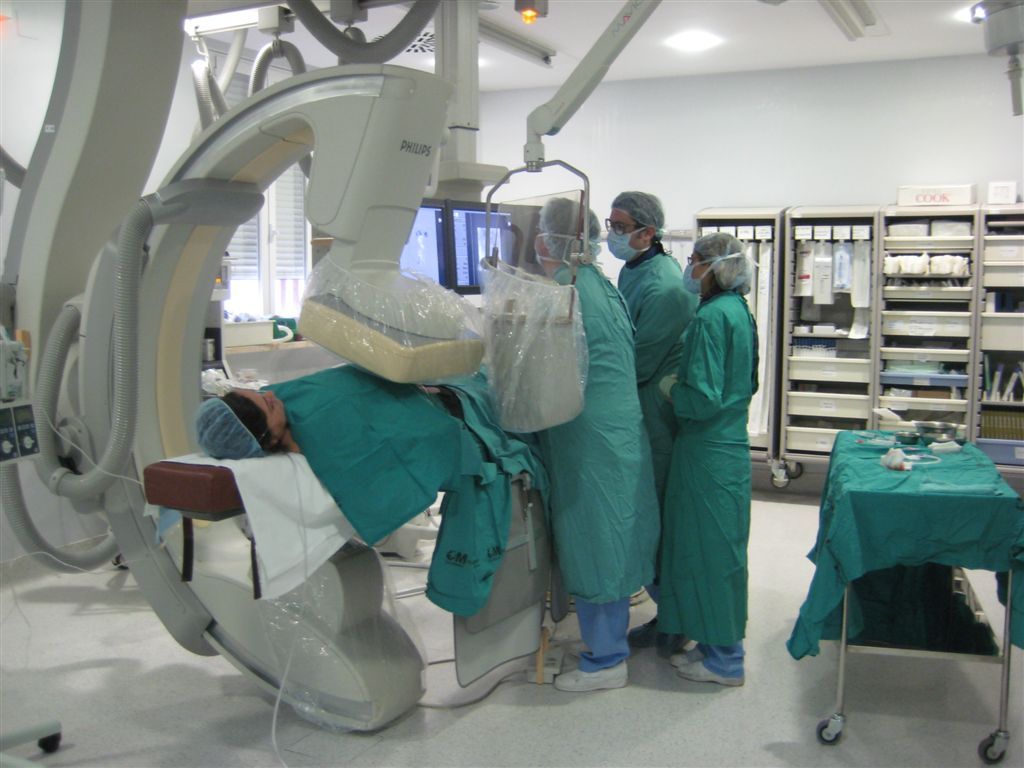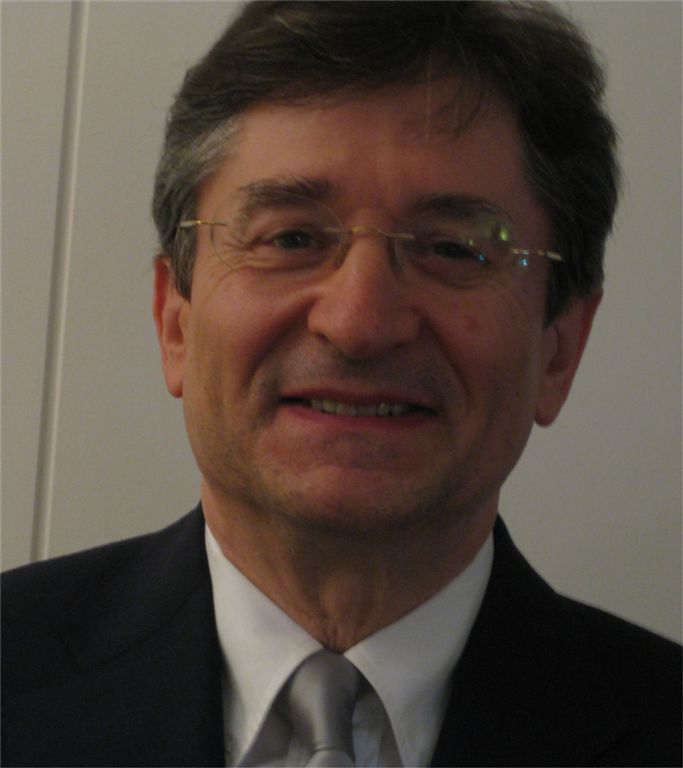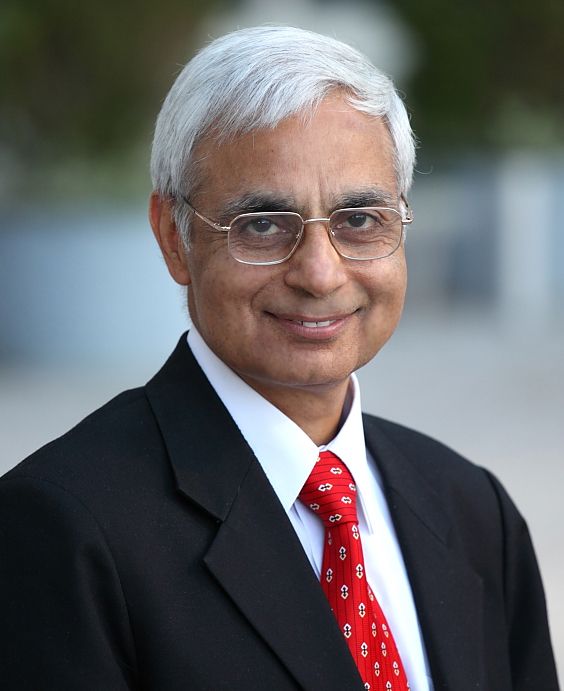- AI
- Molecular Imaging
- CT
- X-Ray
- Ultrasound
- MRI
- Facility Management
- Mammography
Imaging services prepare for tighter radiation safety regulations
The topic of radiation protection has moved steadily up the political agenda over the past decade. Headline-grabbing research detailing the rise in medical radiation exposure and forging a link between imaging and cancer has helped to focus attention on the need to do something. But what exactly should be done? Tighter legislation, better self-regulation, or improved education? The probable answer is all three.
The topic of radiation protection has moved steadily up the political agenda over the past decade. Headline-grabbing research detailing the rise in medical radiation exposure and forging a link between imaging and cancer has helped to focus attention on the need to do something. But what exactly should be done? Tighter legislation, better self-regulation, or improved education? The probable answer is all three.
Speakers at a professional challenges session on Monday described how politicians, international organizations, and professional societies are all working to shore up radiation safety standards in European radiology departments. ECR delegates will learn about the likely impact of this work on their daily practice and about where to go for information and advice.
The exposure of patients throughout the European Union to ionising radiation-whether during a simple chest x-ray, a contrast-enhanced CT angiography examination, or a fluoroscopy-guided intervention-is currently regulated by European Directive 97/43/Euratom. Radiation protection for practitioners, such as interventional and diagnostic radiologists, nurses, technicians, and radiographers, is covered in a separate piece of legislation, Directive 96/29/Euratom.

This bureaucratic division is about to change. As part of a broader project to simplify its legislation, officials at the European Commission are working toward a unified directive called Basic Safety Standards, which will include the protection of patients and “other individuals” who are exposed to ionizing radiation. The new directive will not merely restate the existing regulations, though; it will include some additional requirements to imaging services and radiology professionals must adhere to.

“The European Commission and its technical committees have used this opportunity to improve some specific aspects of legislation in the medical arena, where radiation safety is more and more relevant,” said Prof. Eliseo Vaño, a professor of medical physics at Complutense University in Madrid, Spain. “With the increase in the number of medical imaging procedures and the high doses delivered to patients, especially in CT and interventional radiology, more and more patients are demanding information about the risks of their examination. There is also the issue of occupational risk.”
EC officials expect to publish this revised legislation toward the end of 2010 or in 2011. Vaño gave ECR delegates a sneak preview of the major changes that have been decided on. These draw on recommendations made in 2007 by the International Commission on Radiological Protection and a preliminary, Europe-wide consultation with EU member states and scientific societies.
The early warning will give radiology departments time to prepare for the tighter regulations. For example, the forthcoming directive will require practitioners performing CT scans and interventional procedures to include information about scan dose in patients’ clinical records each time they undergo an imaging procedure. Some hospitals and clinics may be using systems at the moment that cannot display this information easily. As with the 97/43/Euratom Directive, however, EU countries will have two or three years’ grace to incorporate the new requirements into national law, he said. Thus, institutions will have a bit more breathing space to update their imaging hardware.
Education and training is another area that the revised legislation will reinforce. For example, it will become mandatory for all medicine and dentistry students to take a course in radiation protection.

Although information on radiation safety and dose-lowering techniques is widely available online, there is a real danger of information pollution from sources on the Internet, according to Madan Rehani, a radiation safety specialist with the International Atomic Energy Authority, based in Vienna. Rehani will highlight trusted sources of training material, including projects undertaken by the IAEA, both alone and in collaboration with the International Society of Radiology, the International Society of Radiographers & Radiological Technologists, the International Organisation for Medical Physicists, and the World Health Organization.

Prof. Peter Vock, director of the University of Bern’s Institute of Diagnostic, Interventional and Paediatric Radiology, University Hospital Inselspital in Switzerland, will introduce attendees to a brand new Europe-wide network devoted to the promotion of radiation safety. Launched in October 2009, the European Medical ALARA Network (EMAN) is a joint venture between seven organizations that represent key stakeholder groups, including radiologists, radiographers, medical physicists, and radiation safety experts. Consortium members include the European Society of Radiology and the European Federation of Radiographer Societies.
One of the project’s main aims is to foster discussion between different groups that share an interest in conforming to the ALARA principle, that is, keeping medical radiation exposure as low as reasonably achievable. EMAN representatives will also offer feedback and suggestions to the European Commission with respect to its legislation and guidance on radiation protection.
The network will receive financial support from the EC for three years, Vock said. Three key topics will be examined during this period by separate working groups: exposure to ionizing radiation during CT examinations, exposure to ionizing radiation during interventional radiology procedures, and the radiological safety of x-ray procedures performed outside radiology departments.
Final reports from the three working groups will eventually appear on the EMAN website. The site will, in the mean time, provide a way for partners and stakeholders to exchange information, as well as highlight the presence of the network. A fourth working group has been given the task of maintaining EMAN’s online presence and keeping the website up to date.
Vock is hopeful the EMAN project will continue beyond October 2012. A fifth working group will be examining how the network could be sustained once the current EC grant runs out.
“First we have to build the network, and we have the money for these three years. But we have to provide continuity afterwards,” he said.
Note: a version of this article appeared in the 2010 ECR Today newspaper.
European Society of Breast Imaging Issues Updated Breast Cancer Screening Recommendations
April 24th 2024One of the recommendations from the European Society of Breast Imaging (EUSOBI) is annual breast MRI exams starting at 25 years of age for women deemed to be at high risk for breast cancer.
Study Reveals Benefits of Photon-Counting CT for Assessing Acute Pulmonary Embolism
April 23rd 2024In comparison to energy-integrating detector CT for the workup of suspected acute pulmonary embolism, the use of photon-counting detector CT reduced radiation dosing by 48 percent, according to newly published research.
Could a Newly FDA-Cleared C-Arm Device Bolster Efficiency for Interventional Radiologists?
April 22nd 2024In addition to advanced imaging quality and dose efficiency, the Philips Zenition 30 mobile C-arm device emphasizes personalized user profiles and automated customization to help reduce procedure time.
